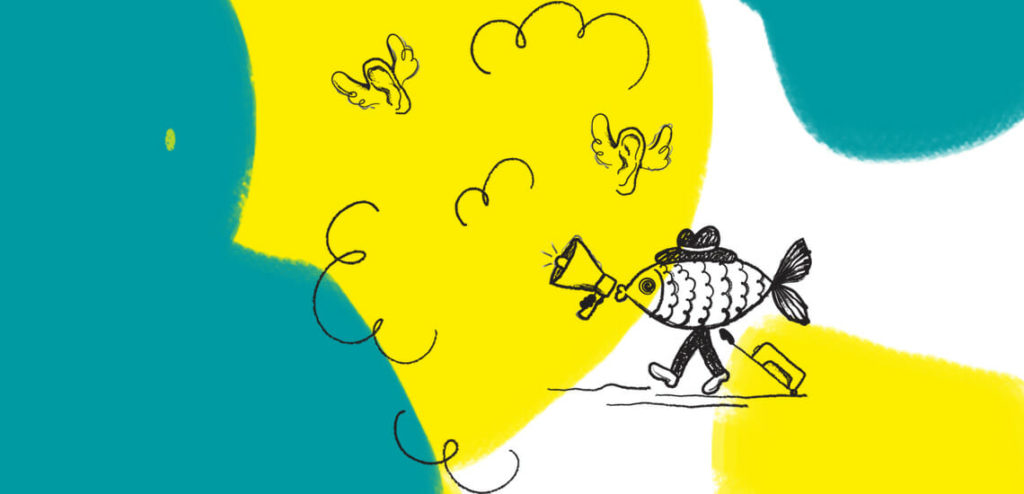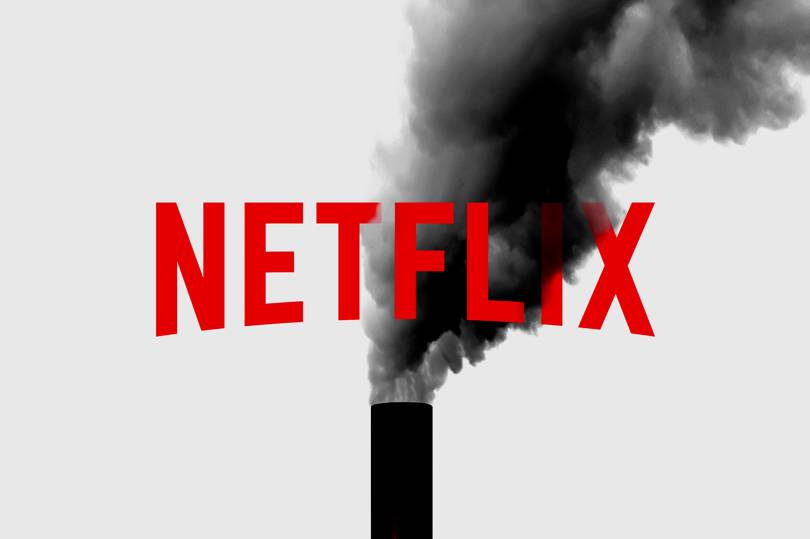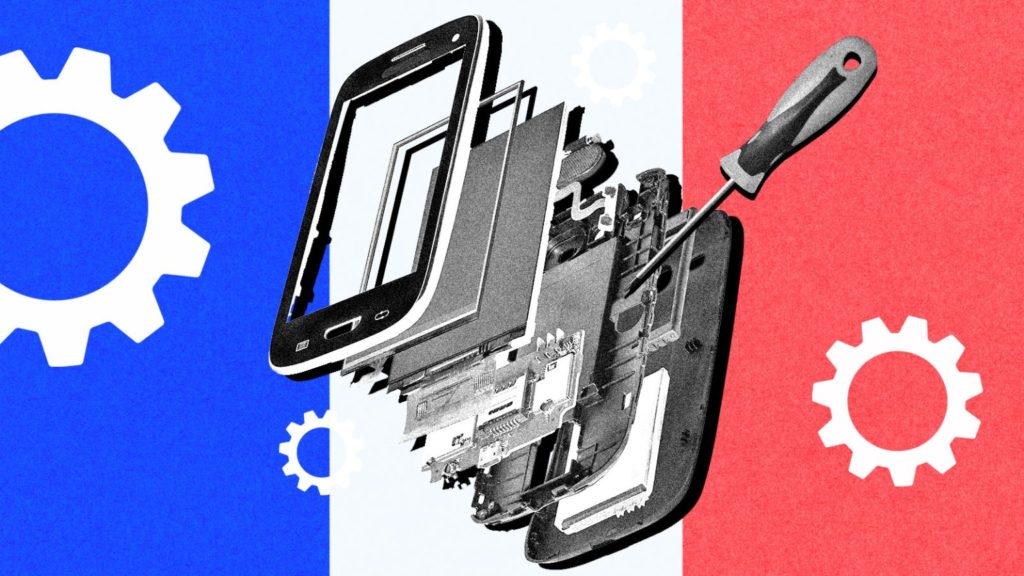|
Web design permaculture – A natural solution?
|
It’s been another interesting month, with the news of a Netflix reporting its streaming emissions, France’s repairability index and more! My book has been opening up conversations about the topic too, and I’ve loved hearing all of your feedback.
I’ve been thinking about privacy too. A subscriber emailed about the use of MailChimp spy pixels in this newsletter. Up until now, we have been tracking only opens and clicks. This is useful to make sure you are enjoying our content but we also agree that less tracking is better. So, our new plan is to track this data only once a quarter – in our June, September and December issues this year. It’s not perfect, and we’d love to hear suggestions for better solutions.
If you would like to work with me and my team to make a difference in the world of web design, we are recruiting to our team here at Wholegrain Digital, for a Client Focused WordPress Developer and an Account Manager, so check out those roles.
Enjoy!
– Tom Greenwood
|
|
|
Top picks from the green web
|

Applying permaculture principles to web design
|
I loved this concept from fellow sustainable digital design (and WordPress) agency, allcodesarebeautiful, suggesting we apply the principles of permaculture to web design. The concept of permaculture originated in agriculture, based on moving from industrial farming to a system that emulates natural ecosystems and cycles. The aim was to create a sustainable approach to agriculture. This article suggests we view the web as a digital landscape, applying the 12 principles of permaculture approach to planning, cultivating and maintaining your ‘plot’ (your website).
I have been thinking a lot lately about how we are so disconnected from nature in the digital sector and I have been wondering what a more “natural” approach to web design might look like. This is certainly food for thought.
|
|

New tool tells us Netflix's impact
|
For the first time, Netflix has this month revealed specific details of its carbon footprint. And while it’s less than driving your car, streaming your favourite programme still has significant impact. Using DIMPACT, a tool developed by researchers at the University of Bristol, Netflix claims that one hour of streaming in 2020 used less than 100gC02e. This figure will help Netflix as a starting point for them to reduce their emissions – something they have said they wanted to do but so far had not shared any plans or targets for.
DIMPACT is a calculator built specifically for media companies to help them to map and manage their carbon footprints. The tool helps them to identify areas for improvement so that they can make their services greener. This is a game changer for media companies, with the BBC, ITV and Sky all using the new tool. We can hope to see these big names making changes to reduce their impact in the near future. Even though I believe that this tool will only ever be suitable for big media companies, I hope that somehow the knowledge will trickle down to help smaller organisations.
|
|

France's 'repairability index' to become an official requirement from 2022
|
In a previous issue of this newsletter, we shared an article that highlighted the fact that laptops are only designed to last a few years before they need replacing, and I mentioned that I have replaced mine more than I would have liked because of faulty screens. We know that our devices have a serious impact on the environment, and the best way to reduce that is to use them for as long as possible. But this isn’t always possible.
France’s repairability index is a step in the right direction towards helping consumers make more informed choices when buying electronic devices. In a world first move, it will require manufacturers to tell consumers how repairable their products are, giving them a score based on metrics like how easy it is to take them apart and the availability of spare parts. Some companies have started releasing their score already and it will be compulsory from next year.
Although the scoring system is not an exact science, and is open to abuse (especially as companies will be self reporting), I hope it will motivate businesses to create more long lasting, fixable – and therefore more sustainable – products.
|
|
|
|
|
"To do good, you actually have to do something"
|
Yvon Chouinard
|
|

Let My People Go Surfing: The Education of a Reluctant Businessman by Yvon Chouinard
|
I am an indoor worker, swaddled in the comfort of modern city living. There is no reason for me to engage with an outdoor “fashion” brand. What joy I found in discovering how wrong I was.
This book is an engaging mix of personal biography and business, covering the entire span of Yvon Chouinard’s and Patagonia’s history to date. It is the extremes in this journey which make the story remarkable. Yvon started out forging his own climbing gear and living in his van and now some years later is leading a $200million global company. Throughout there is the all too relatable struggle of how you reconcile what you know of the world, with what you do on it.
Much of the harm to this planet will be done on my behalf by the companies I endorse with my purchases. I want there to be people who care deeply about their impact in every business, challenging them to re-examine and expand their definition of success.
I would like everyone to have read this book.
– Luke Watts, Curiously Green subscriber
|
|
|
|
|
Quick links from our team & friends
|
|
|
|